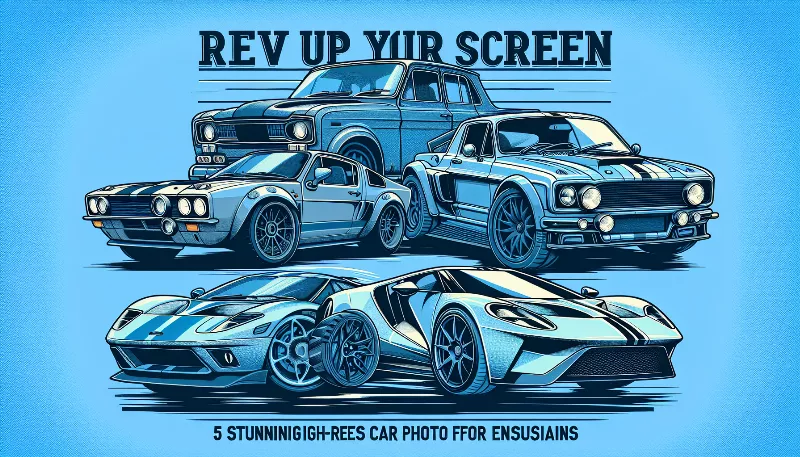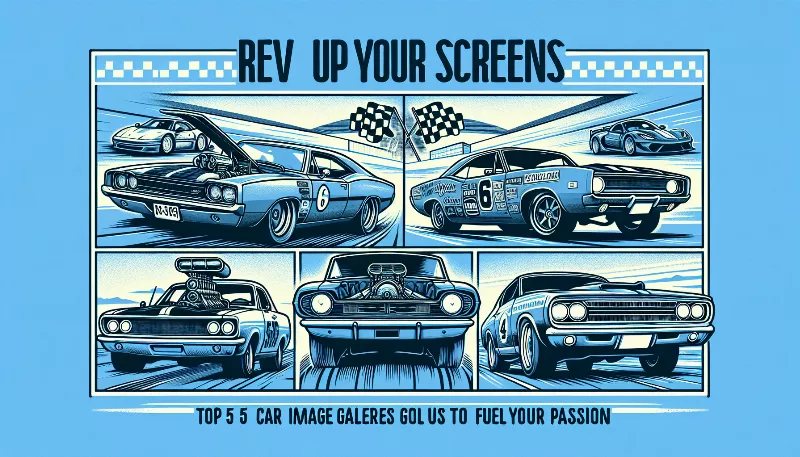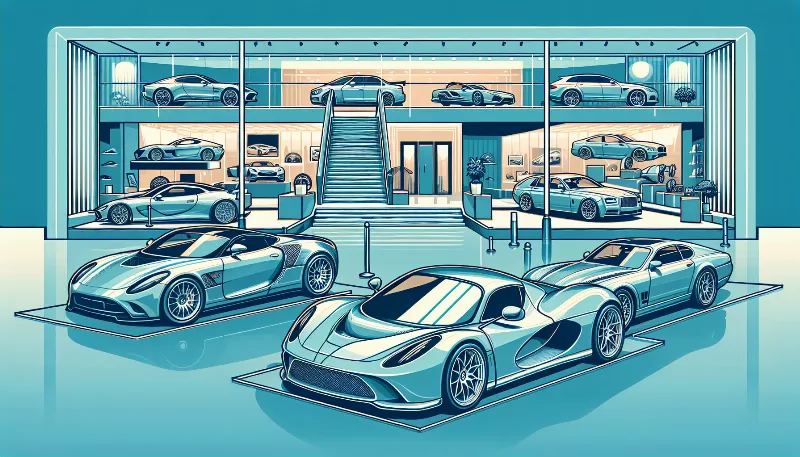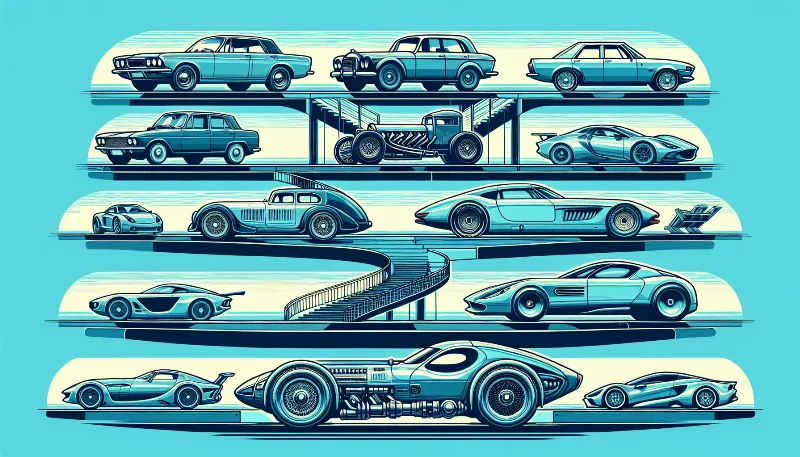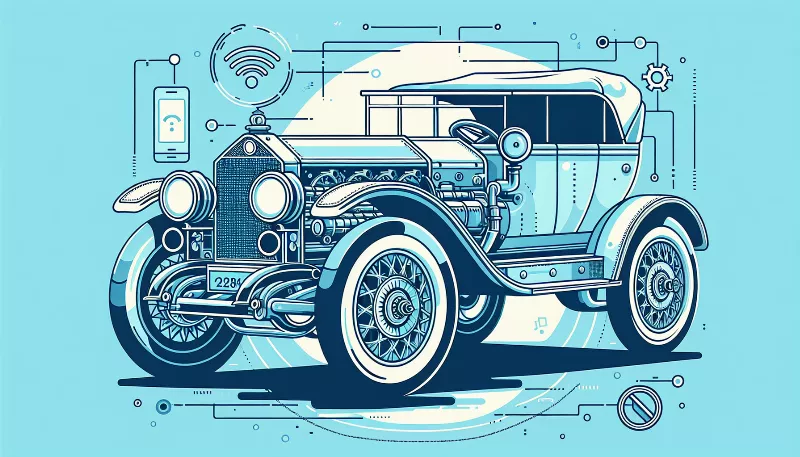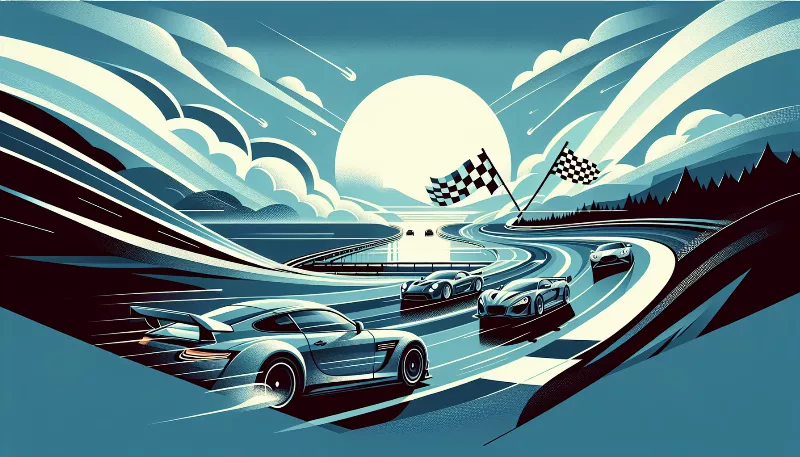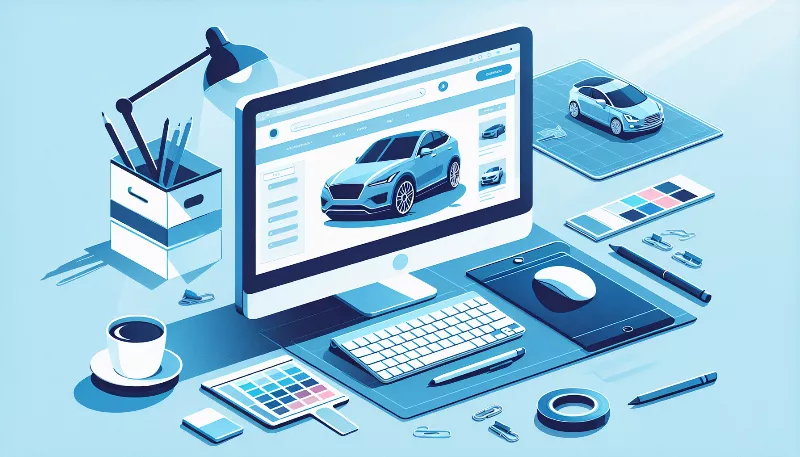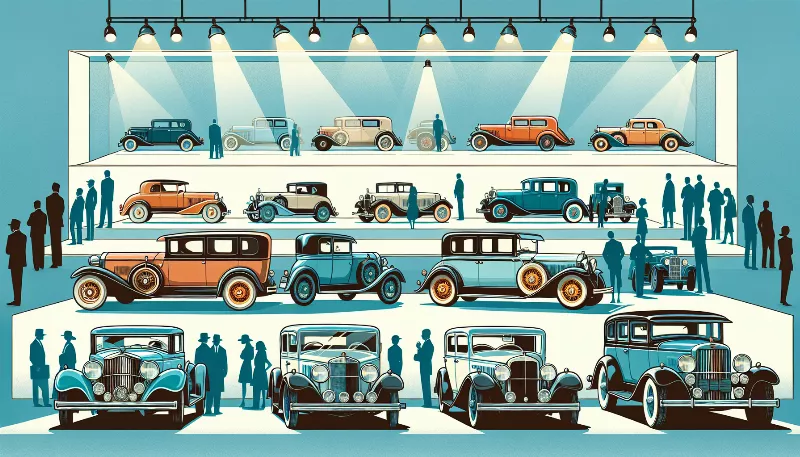Can you recommend any post-processing techniques to enhance the retro look of vintage car photos?
Discover expert post-processing techniques to give your vintage car photos an authentic retro charm. Elevate your photography now!
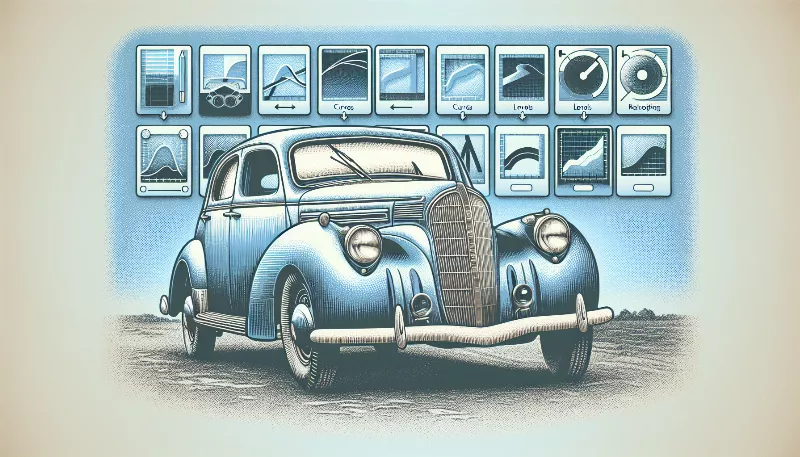
Are you ready to take a ride down memory lane and give your vintage car photos the timeless charm they deserve? With the right post-processing techniques, you can transform your images into nostalgic masterpieces that evoke the golden era of automobiles. Let's explore some of the most effective methods to enhance the retro look of your classic car photographs!
Embrace the Warmth: Color Grading for a Bygone Era
Color grading is a powerful tool in your post-processing arsenal. To achieve that sought-after vintage feel, aim for a warmer color palette. Adjust the temperature slider towards the yellow and red spectrum to infuse your image with a cozy, sun-bathed glow reminiscent of old film photographs. Don't shy away from adding a touch of sepia or faded colors to really sell that retro vibe.
Grain is Good: Adding Texture to Your Time Machine
Nothing screams 'vintage' like the grainy texture of high ISO film. Digital noise can often be an enemy in modern photography, but when it comes to retro styling, it's your best friend. Add a layer of fine grain to your image to mimic the look of film grain. This will give your photo a tactile quality that digital images often lack, making it feel as though it was snapped decades ago.
Soft Focus for Soft Nostalgia
Back in the day, lens technology wasn't as advanced as it is now, resulting in images that were often softer around the edges. Recreate this effect by slightly reducing the clarity and sharpness of your photo. Be subtle with these adjustments; the goal is to gently soften the image, not make it appear out of focus. This technique works wonders in giving your car photos a dreamy, nostalgic atmosphere.
Borderline Genius: Adding Borders and Vignettes
To truly frame your vintage car in its historical context, consider adding a black or white border. This mimics the look of old prints and immediately gives your image a classic presentation. Additionally, a vignette can draw the viewer's eye towards the center of the photo, just as many vintage photos naturally do due to the limitations of older cameras. A subtle, darkened vignette can add depth and focus to your composition.
Scratch That, It's Intentional: Emulating Wear and Tear
What better way to convey age than with the visual cues of wear and tear? Introduce scratches, dust spots, and even light leaks to your image for an authentic aged appearance. There are numerous filters and textures available that can overlay these effects onto your photo, giving it the character of a well-loved photograph that has stood the test of time.
Final Touches: The Art of Selective Editing
Last but not least, selective editing can play a crucial role in enhancing the retro look. Use localized adjustments to desaturate certain colors that are too vibrant for the era you're aiming to represent. Play with the highlights and shadows to mimic the dynamic range of old cameras. Remember, the key to successful vintage styling is subtlety and balance—you want your car to look like it's been captured in the past, not just edited with a filter.
With these post-processing techniques, you're well on your way to creating vintage car photos that are not only visually stunning but also rich in history and character. So go ahead, fire up your editing software, and let's bring those classic beauties back to life with style!

